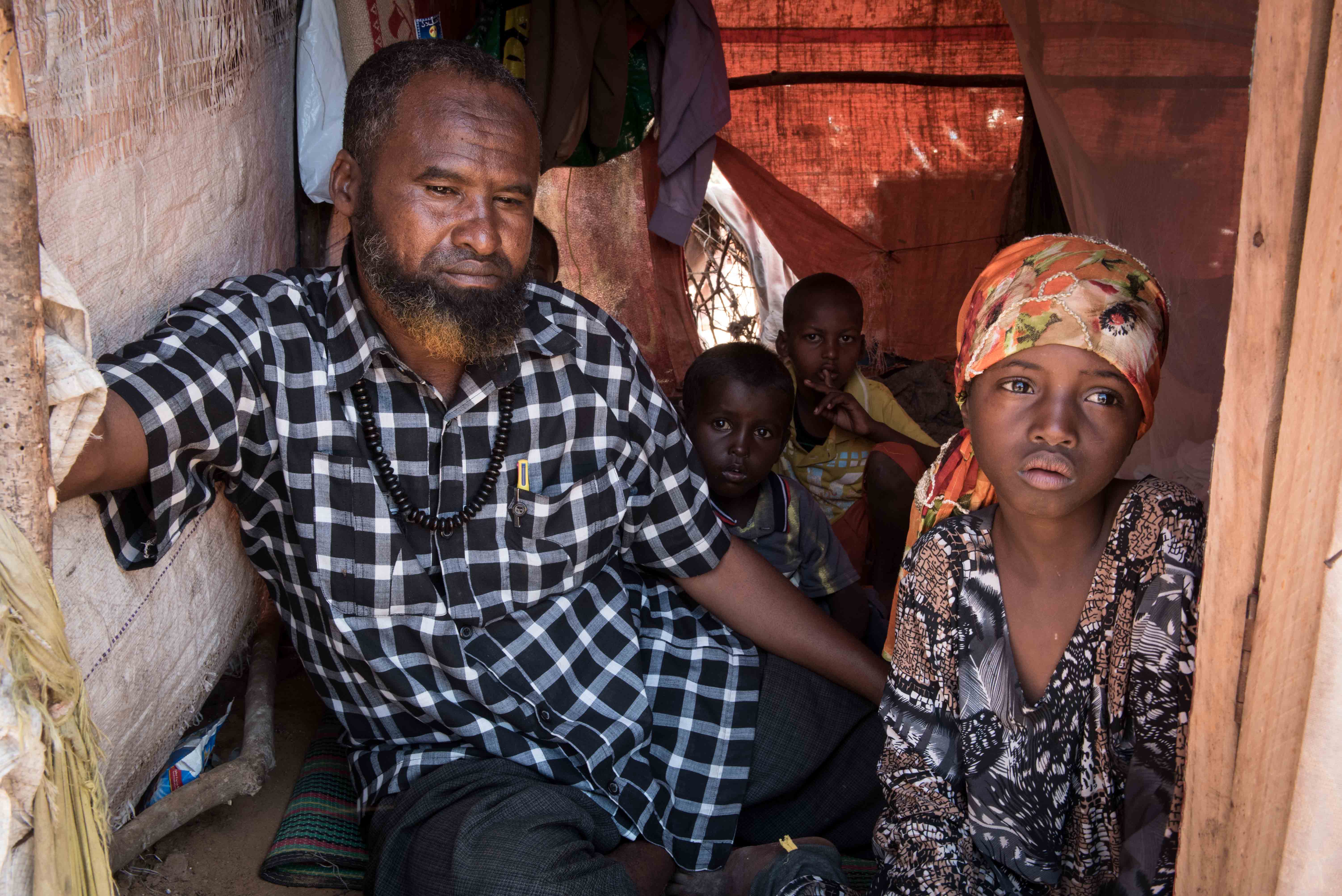Mogadishu most crowded city in Africa- report

By Fauxile Kibet
Conflict and natural disasters have caused massive displacement of people in Somalia between 2017 and 2018, with most people migrating to cities including Mogadishu, making it the most densely populated city in the continent, a new report has said.
The report by the Internal Displacement Monitoring Centre (IDMC) which is a part of the Norwegian Refugee Council (NRC) notes 2017 was Somalia’s second most violent year in nearly a decade.
Drought, competition for natural resources and poor living conditions fueled fighting in rural areas and push people towards Mogadishu, the report observes noting 300,000 people were displaced within Mogadishu since the beginning of 2017.
The Norwegian Refugee Council (NRC) also notes that most of the displaced families have fled to Mogadishu, seeking protection and aid causing an upsurge of camps, which are not fit for human habitation.
“Somali families are fleeing to Mogadishu seeking shelter, protection, and aid. With nowhere else to go, they crowd into camps that are unhealthy and unsafe. This influx has made Mogadishu the most densely populated city in Africa, with more people arriving every day,” said Evelyn Aero, Regional Adviser for Norwegian Refugee Council (NRC).
The NRC also says that 2.6 million people are displaced within Somalia and that drought, competition for resources and poor living conditions have fuelled fighting in rural areas and pushed people towards Mogadishu.
This has made Mogadishu the second most densely populated city in the world (after Dhaka-Bangladesh) and the most densely populated city in Africa.
Resources overstretched
The humanitarian organization also adds in its report that Somalia’s cities are unable to cope with the demands of their fast-growing populations, and the added arrivals of people fleeing crises in rural areas.
“Mogadishu has been their main destination by far. It is home to about 600,000 displaced people, most of whom live in informal camps. Between 2017 and mid-2018, 32 percent of new displacements recorded in the country were to, or within, the capital Mogadishu.”
Displaced Somalis in Mogadishu lack enough food, shelter, clean water and sanitation. This leaves them vulnerable to diseases and malnutrition. About 1.2 million children are projected to be malnourished in Somalia.
“Conflict and natural disasters force families to flee to cities. Many that flee fighting escape in a hurry, with just the clothes on their backs. They arrive in Mogadishu without shelter, food or any means to support their families. More aid is needed to ensure that these people have a safe place to stay, with enough basic humanitarian aid to survive,” said Aero.
The UN humanitarian aid appeal for Somalia for 2019 is set at US $1.5 billion. The international donor community is urged to scale up funding to respond to the crisis.